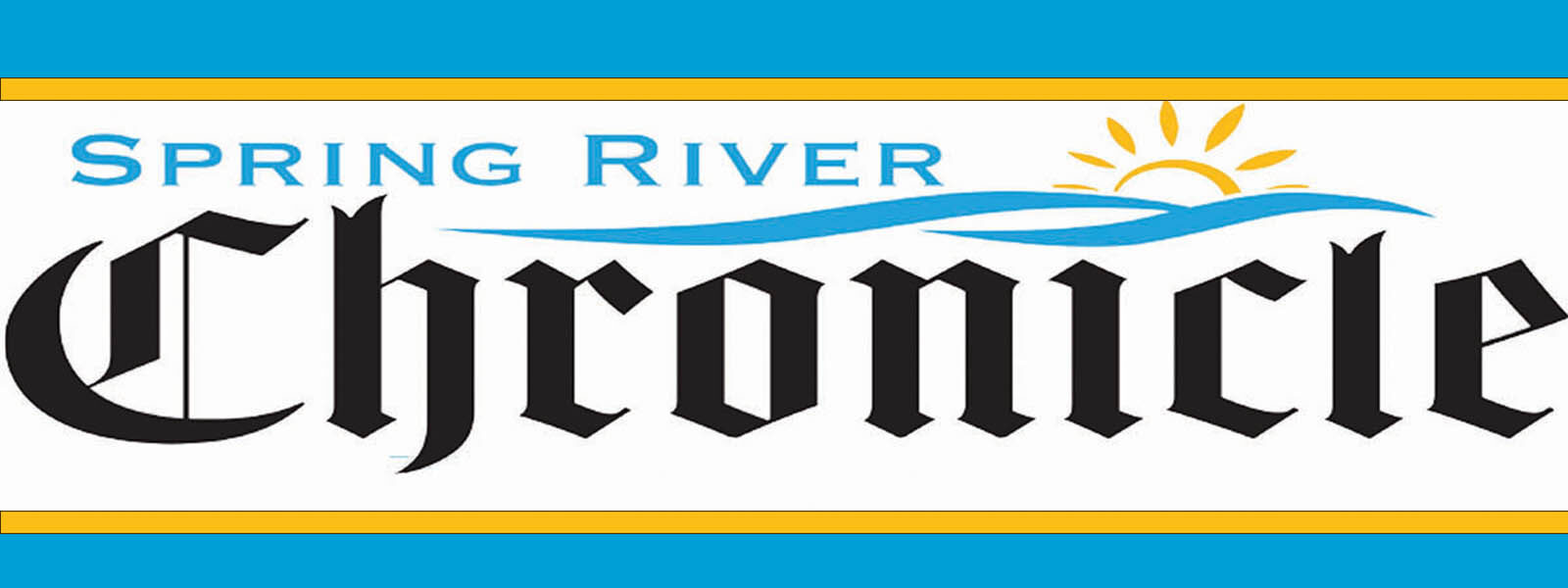“August is National Immunization Awareness Month (NIAM). Immunization is critical for keeping you, your loved ones and your community safe and healthy,” Teresa Henson, Extension specialist – program outreach coordinator for the University of Arkansas at Pine Bluff 1890 Cooperative Extension Program, said.
“NIAM was created to encourage people to stay current on recommended vaccines,” Henson said. “Vaccines are vital because they not only protect the person who gets the vaccine but also help keep the disease from spreading to family, friends, children and the community. Getting vaccinated helps protect those most vulnerable to illness, such as babies, toddlers, seniors and those suffering from chronic disease or compromised immune systems.”
“NIAM encourages parents to ensure their children are vaccinated and ready for the school year,” Henson said. There are several vaccines that are routinely given to children, according to the U.S. Food and Drug Administration (FDA). They include:
• Diphtheria and Tetanus Toxoids and Acellular Pertussis Adsorbed (DTaP): What it’s for: Prevents the bacterial diseases diphtheria, tetanus (lockjaw) and pertussis (whooping cough).
• Tetanus Toxoid, Reduced Diphtheria Toxoid and Acellular Pertussis Vaccine Adsorbed (Tdap): What it’s for: Booster shot for kids at 10 or 11 years of age to prevent the bacterial infections diphtheria, tetanus (lockjaw) and pertussis (whooping cough).
• Haemophilus b Conjugate Vaccine (Hib): What it’s for: Prevents Haemophilus influenzae type b (Hib) invasive disease. Before the availability of Hib vaccines, Hib disease was the leading cause of bacterial meningitis among children under five years of age in the U.S.
• Hepatitis A Vaccine: What it’s for: Prevents disease caused by hepatitis A virus.
• Hepatitis B Vaccine: What it’s for: Prevents infection caused by hepatitis B virus.
• Human Papillomavirus Vaccine:What it’s for: Gardasil 9 is used in females and males ages 9 through 45. It prevents cervical, vulvar, vaginal and anal cancers caused by human papillomavirus (HPV).
• Influenza Vaccine (administered with a needle): What it’s for: Different vaccines are approved for different age groups to prevent influenza disease caused by the influenza virus strains included in the vaccine.
• Influenza Vaccine, Intranasal (nasal spray): What it’s for: Protects against four different strains of influenza virus included in the vaccine; for children and adults ages 2 through 49 years of age.
• Measles, Mumps and Rubella Vaccine: What it’s for: Prevents measles, mumps and rubella in those 12 months of age and older. Measles is a respiratory disease that causes a skin rash all over the body, fever, cough and runny nose.
• Meningococcal Vaccine: What it’s for: It prevents certain types of meningococcal disease, a life-threatening illness caused by Neisseria meningitidis (N. meningitidis) that infects the bloodstream and the lining that surrounds the brain and spinal cord (meningitis).
• Pneumococcal 13-valent Conjugate Vaccine: What it’s for: Prevents invasive disease caused by 13 different types of the bacterium Streptococcus pneumoniae in infants, children and adolescents’ ages 6 weeks through 17 years.
• Poliovirus Vaccine: What it’s for: Prevents polio in infants as young as six weeks of age. Polio is a disease that can cause paralysis or death.
• Rotavirus Vaccine: What it’s for: Prevents gastroenteritis caused by rotavirus infection in infants as young as six weeks of age.
• Varicella Virus Vaccine: What it’s for: Prevents varicella (chickenpox) in children 12 months of age and older.
“Everyone needs vaccines,” Henson said.“If you are unsure what vaccines and immunizations are required for you, your family and your child, ask your healthcare provider.”
For more information about immunizations and vaccines, visit the following links
• Vaccines Licensed for Use in the U.S.: https://www.fda.gov/vaccines-blood-biologics/vaccines/vaccines-licensed-use-united-states
• Vaccines and Immunizations by Age: https://www.cdc.gov/vaccines/index.html.
